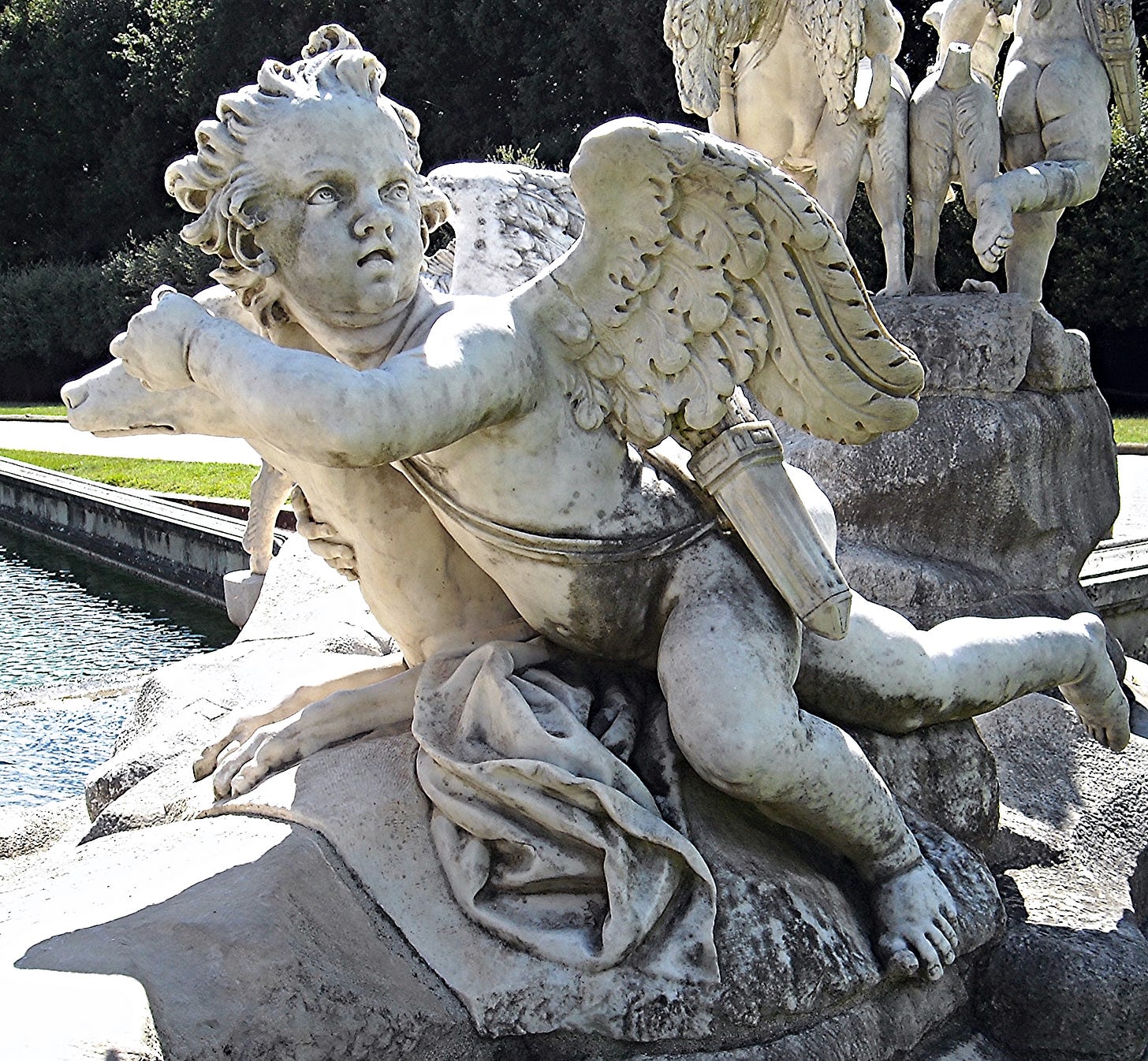
Valentine’s Day, the popular holiday for love and romance, where people exchange cards, candy, flowers, and gifts with those they love. According to Hallmark, an estimated 145 million Valentine’s Day cards are sent each year.
It’s celebrated every February 14th, but why? How did it come to be? Its namesake is a great place to start.
Who was Valentine?
There are at least three Saint Valentines within the Catholic Church, all of whom were martyred, so it is unclear who was the true “Saint Valentine.”
In one legend, Valentine was a priest in third century Rome. During this time, Emperor Claudius II outlawed marriage for young men. He thought single men made better soldiers. Valentine continued to perform marriages in secret and was put to death when he was discovered.
Others say the holiday was named after a bishop, Saint Valentine of Terni, who was beheaded by Emperor Claudius II.
Another says Valentine was killed for helping Christians escape from Roman prisons. According to legend, while imprisoned himself, Valentine sent the first “valentine” to a girl he’d fallen in love with, possibly the jailor’s daughter. Allegedly, he sent her a letter signed “from your Valentine” before he was put to death.
Why February?
Valentine’s Day is in February for two reasons. The first reason is because it’s believed Valentine died sometime in the middle of February, 240 A.D. Therefore, it’s meant to honor his martyrdom. The second was an effort from the Catholic Church to “Christianize” the pagan celebration Lupercalia. The pagan celebration is a fertility festival held February 15th, dedicated to the Roman god of agriculture, Faunus, and the founders of Rome, Romulus and Remus.
How did Valentine’s Day become associated with love?
At the end of the fifth century, Lupercalia was outlawed entirely, deemed “un-Christian.” Instead, Pope Gelasius declared February 14th St. Valentine’s Day. The holiday would not have its current-day association with love until much later.
During the Middle Ages, the French and English believed that February 14th marked the start of birds’ mating season. The first record of St. Valentine’s Day being romantic comes from a poet in 1375 who connected the idea of birds mating with the holiday.
The holiday started being properly celebrated in the 17th century. Valentine's greetings were popularized in the Middle Ages, but written valentines didn’t appear until after 1400. In the mid-18th century, it became common for friends and loved ones of all classes to trade small tokens of affection or handwritten notes.
The first mass produced Valentine’s Day cards were sold in America in the 1840s by Ester A. Howard. In 1900, printed cards replaced handwritten letters due to advancements in printing technology. Cheaper postage increased the popularity of sending Valentine’s greetings.
Who’s that weird baby with the bow?
That would be the modern-day depiction of Cupid, the Roman god of love.
Cupid is the Roman version of the Greek god Eros, also a god of love. It’s said that Eros was “a handsome immortal who played with the emotions of gods and men, using golden arrows to incite love and leaden ones to sow aversion.”
It wasn’t until the Hellenistic period that Cupid became the “mischievous, chubby child” he’s portrayed as on Valentine’s things today.

